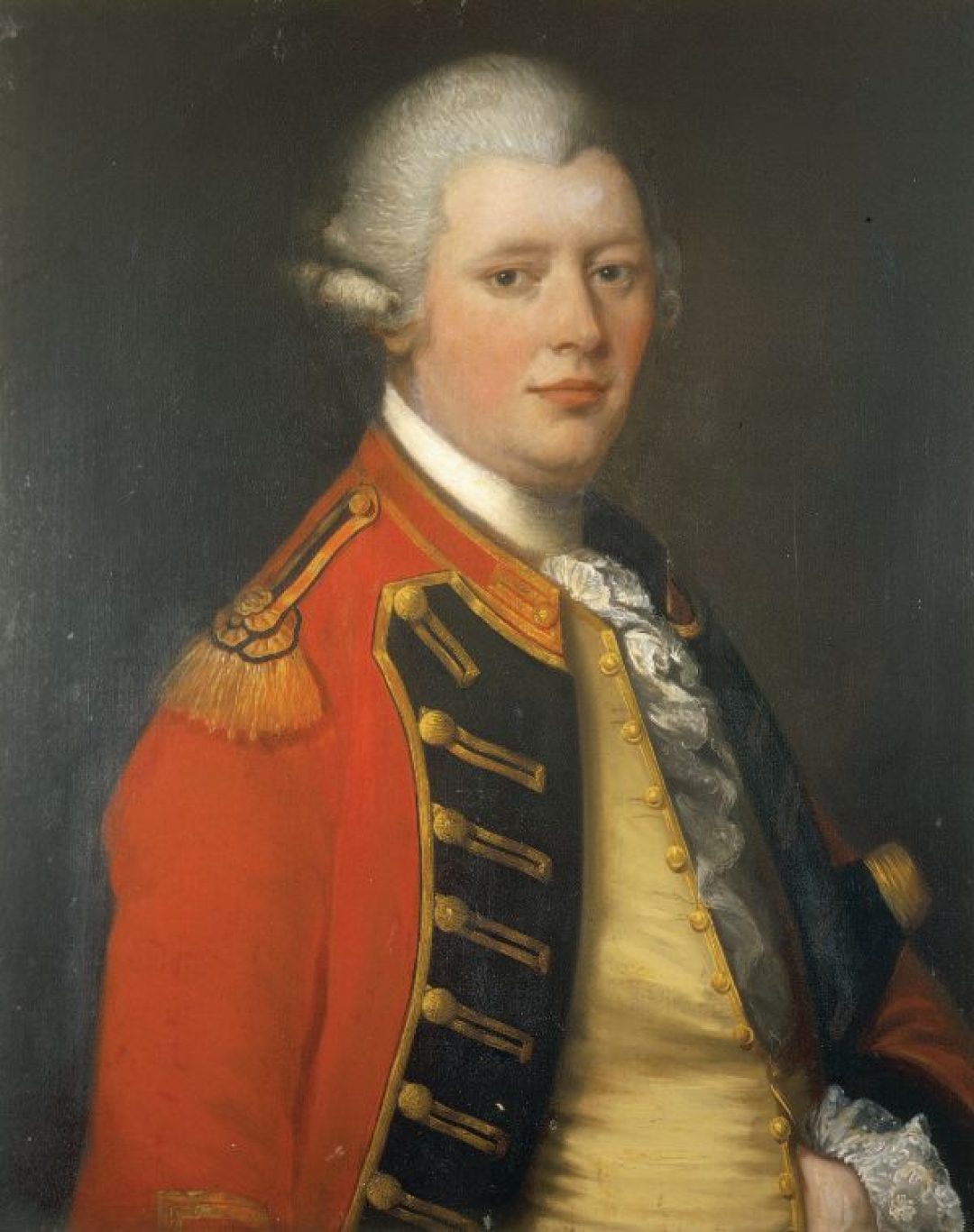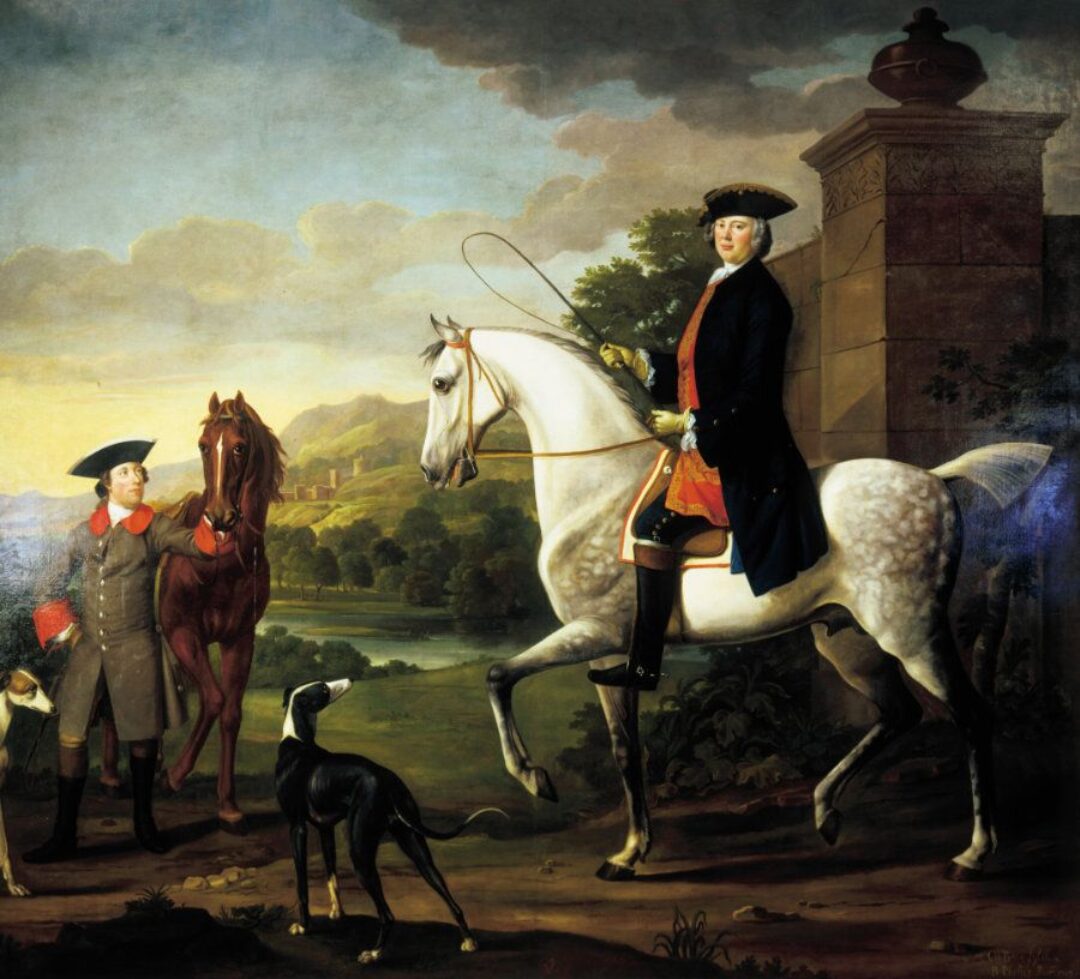an amateur artist whose talents were far from amateurish
~ Huon Mallalieu, Country Life art writer
Coplestone Warre Bampfylde, 1720-1791
2020 gained significance as we celebrated the 300th anniversary of the birth of Coplestone Warre Bampfylde, former owner of Hestercombe, and designer of the impressive Landscape Garden that greets you after walking through the Shrubbery.
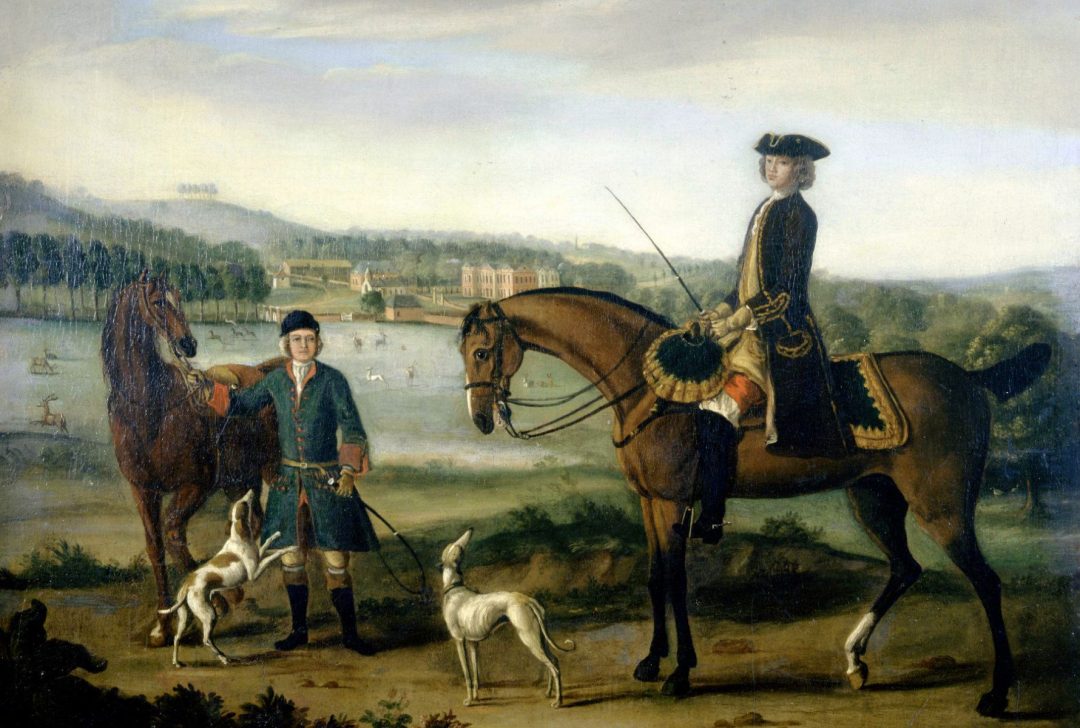
Throughout the year we held a wide variety of engaging, enjoyable events, including art and archive-led exhibitions, talks, art and craft workshops, food and drink events, trails for all the family and much more – all responding to themes inspired by Mr Bampfylde.
The celebrations of his life and work started on 28th February 2020 with the annual Bampfylde Lecture from Tom Mayberry, Chief Executive of the South West Heritage Trust, and were followed by the opening of two gallery and archive exhibitions, in addition to the unveiling of the magnificent Bampfylde & Phelps self-portrait, which has returned to Hestercombe for the first time in nearly 150 years.
Coplestone Warre Bampfylde on Google Arts & Culture
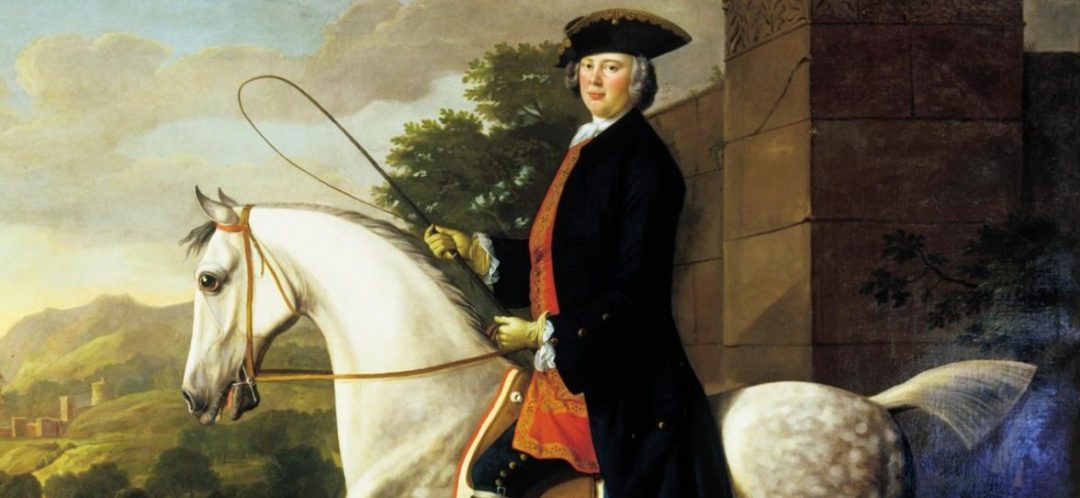
About Coplestone Warre Bampfylde
Landscape painter and garden designer Coplestone Warre Bampfylde was born on the Hestercombe estate on 28 February 1720, the eldest of nine children of John Bampfylde, MP and his second wife, Margaret Warre.
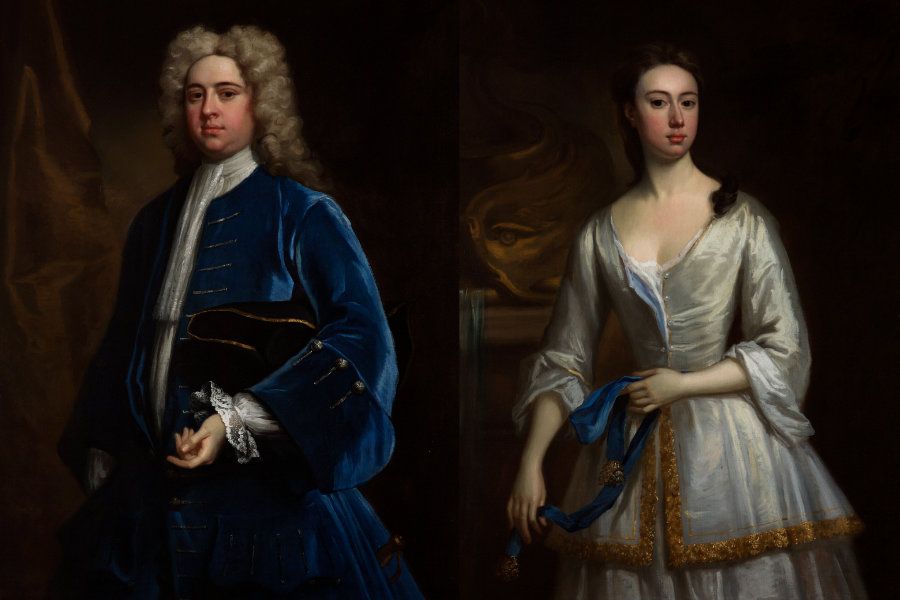
Expectations were high for the future heir and his admiring parents took care to enrol ‘Cop’ in some of the finest public schools in England (Blundell’s, Winchester College), not to mention its oldest university (Oxford).
Travel to the continent was encouraged and a suitable military academy sought ‘for the learning of those exercises which are most fit for a gentleman to be bred to’ (fencing, speaking French or Italian, equitation etc.)

Bampfylde’s abiding passion, however, became painting. British art made great strides in the 18th century, with portraiture and history painting initially dominating the art market, but with landscape and political satire increasingly finding favour as the century unfolded.
Bampfylde’s breakthrough as a skilled artist came in 1746 when he jointly painted an extraordinary life size equestrian self-portrait with Porlock artist, Richard Phelps, a student of Thomas Hudson. Bampfylde’s ‘pencil’ thereafter turned to landscapes. Many of his subsequent oil paintings were of idealized classical landscapes in the manner of famed Neapolitan artists Salvator Rosa and Gaspard Dughet.
His watercolours sought inspiration from picturesque landscape scenery closer to home, prompting painting tours to Wales, The Peak District and the Dorset coast amongst others. The great landscape painter, George Lambert (1700-65), ‘the English Poussin’, whose studio was at the top of Covent Garden theatre, was a likely influence.
Lambert painted at Hestercombe and together with Samuel Scott and Bampfylde produced the popular ‘Views at Mount Edgcumbe’ prints for publication (1755).

The man whom Country Life art writer Huon Mallalieu called ‘an amateur artist whose talents were far from amateurish’ produced a remarkable body of work: paintings in the classical style, topographical English landscapes, Italianate capriccios, pastoral and rustic scenes, engravings, etchings and even book illustrations.
Through lack of awareness they live on, largely under appreciated, in museums, auction houses, private collections and art galleries around the world. The Hestercombe Gardens Trust Archive has been able to trace over 200 of Bampfylde’s original artworks, acquiring 81 outright.
Bampfylde regularly exhibited in London between 1763 and 1783 at The Royal Academy, Society of Artists, and Free Society.
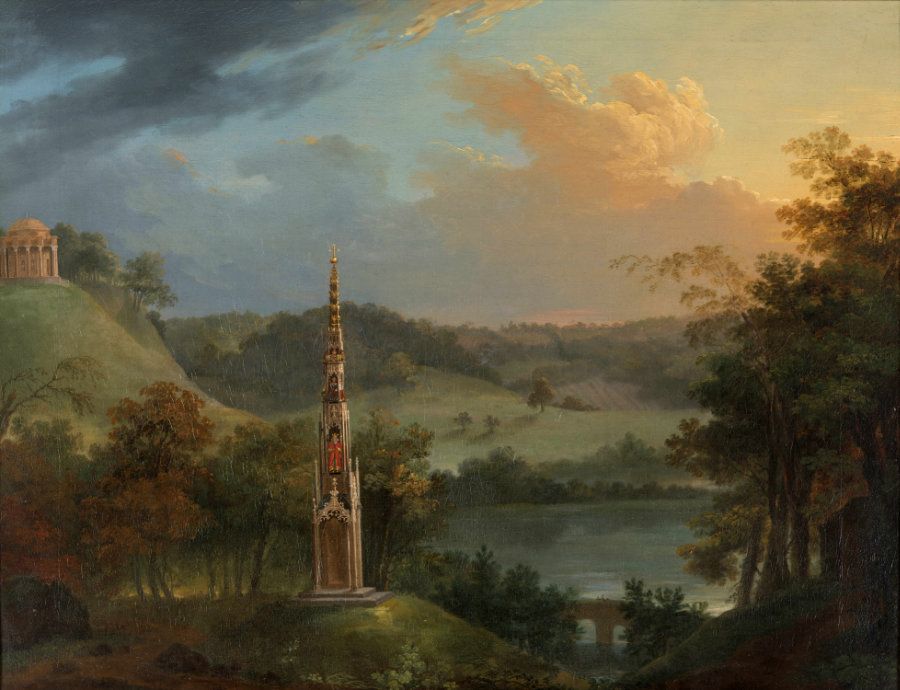
Perhaps C.W Bampfylde’s lasting legacy is Hestercombe’s Landscape garden that still dominates the wooded combe north of the House. Built between 1750-91, the various elements of this 35-acre (14 ha) Arcadia – pools, cascades, summer houses, temples, seats, and urns – were carefully arranged in the best picturesque tradition, inspired by the idealised landscapes of 17th century landscape artists Claude Lorrain, Nicholas Poussin and others.
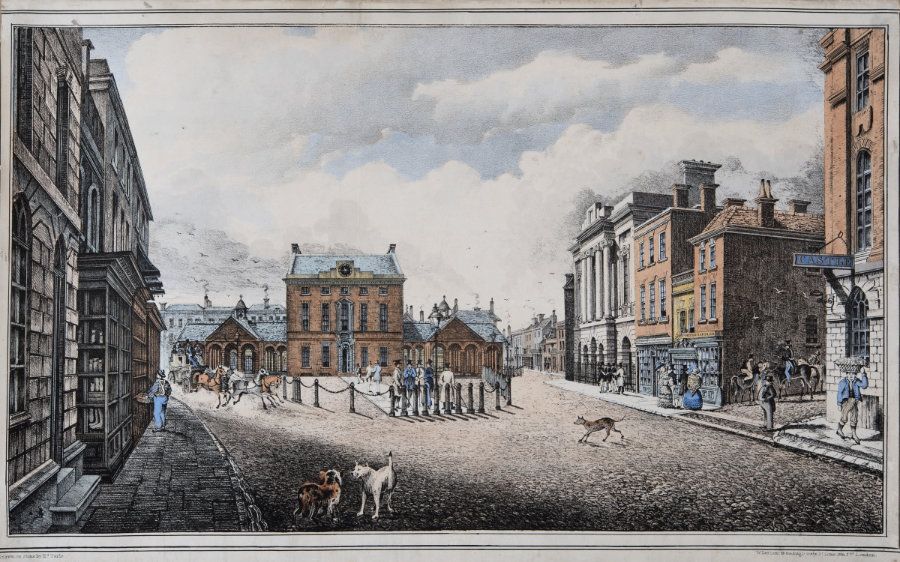
Visitors were enthralled. The 2nd Viscount Palmerston thought the thundering Great Cascade, ‘one of the best Things of the Mind I have seen in the territory of any private Person’. Richard Graves placed Hestercombe above the much-vaunted garden of poet William Shenstone at The Leasowes. Henry Hoare II and Sir Charles Kemeys Tynte 5th Bart sought advice from Bampfylde on the design of their great landscape gardens at Stourhead and Halswell.

Huge Bampfylde Painting Returns to Hestercombe
Read the story of how Bampfylde’s 1747 equestrian self-portrait made a triumphant return to Hestercombe after an absence of nearly 150 years.
Bampfylde 300: Gallery & Archival Exhibitions
Throughout the course of Bampfylde 300, a number of gallery and archival exhibitions are being held, responding to work by Coplestone Warre Bampfylde.
1.3.20 – 28.6.20
Most Admirably Improved by Art
Charlotte Hodes, Rebecca Partridge, Kelly Richardson, and Fiona Hingston with Coplestone Warre Bampfylde
Set alongside original works by Coplestone Warre Bampfylde (1720-1791), Hestercombe’s former owner, Most Admirably Improved by Art brings together four contemporary artists, all of who, like Bampfylde, began their careers drawing and painting, and now through a range of media respond to the landscapes and the environment of today, inspired by the history of art.
Rebecca Partridge’s paintings explore the boundaries between the subjective world and the external environment; similarly Fiona Hingston uses sculpture to explore nature, change and time. Whilst Canadian artist Kelly Richardson works with new digital technologies to create hyper-real, highly charged landscapes, Charlotte Hodes uses a mixture of collage and ceramic installation to engagement with the cross-overs between the fine and decorative arts. Open daily from 1st March until 28th June 2020.
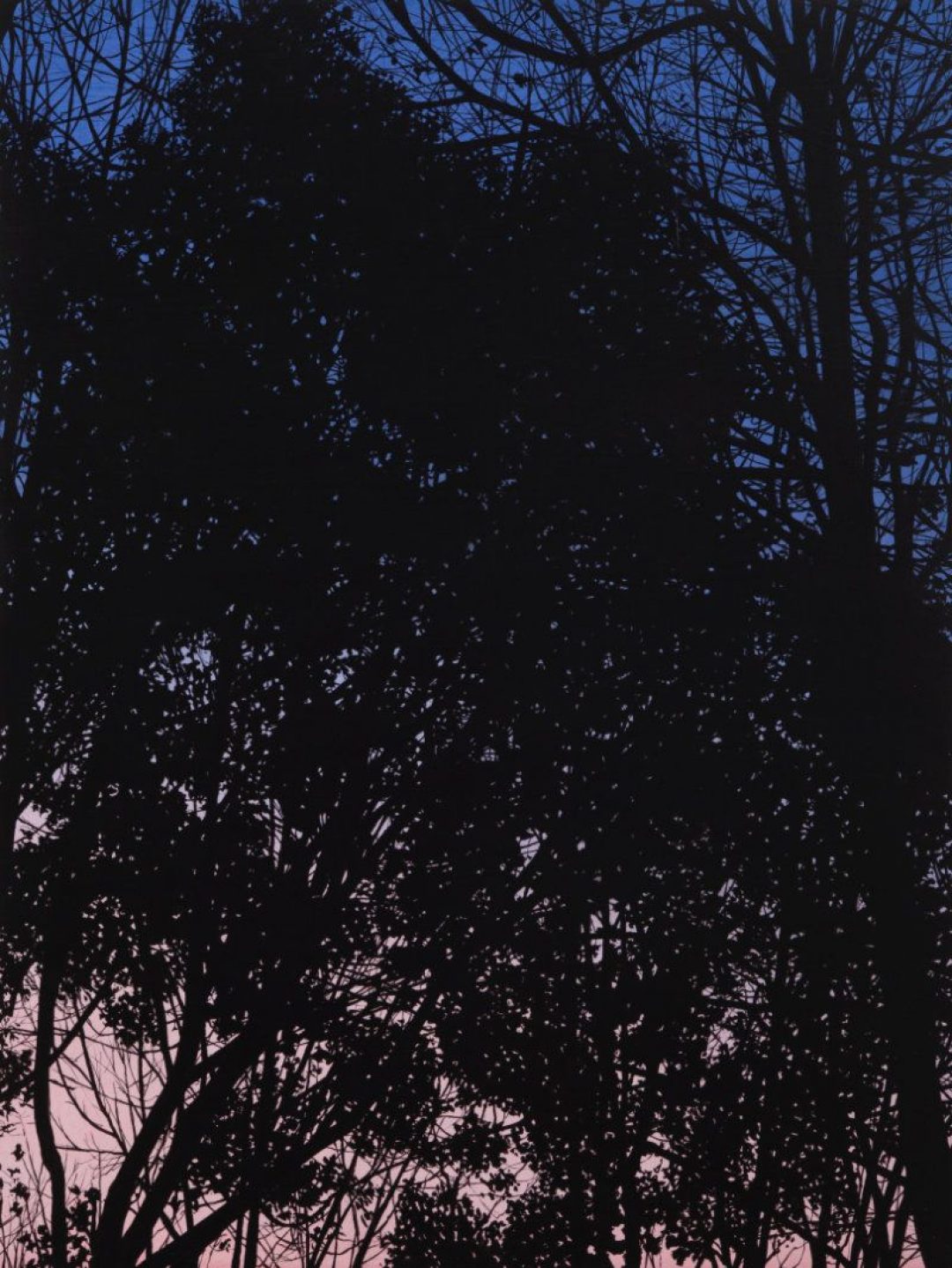
1.3.20 – 21.2.21
Coplestone Warre Bampfylde: A Gentleman of Taste
To celebrate Bampfylde’s life and his importance to the history of Hestercombe and the South West, we bring together the largest survey of original artworks and objects ever seen in one place.
Private collectors and national institutions have kindly loaned original works that will tell the story of Bampfylde’s life through five different aspects: Bampfylde at home; as a garden designer and architect; Bampfylde by the sea; as an artist; and a Georgian socialite. Open daily from 1st March 2020 until February 2021.

Press enquiries
For any press enquiries, please contact press@hestercombe.com
